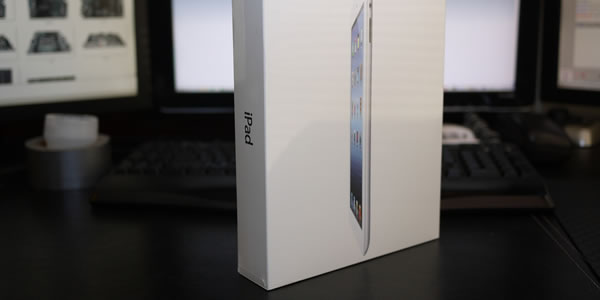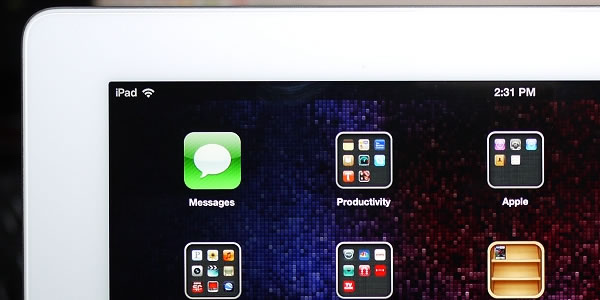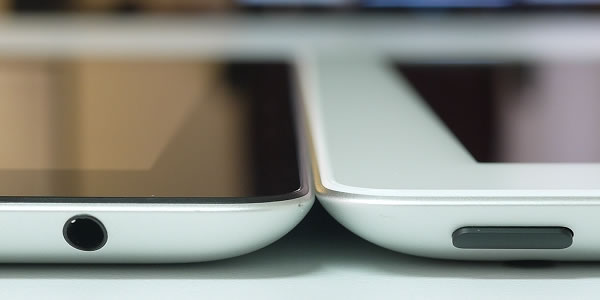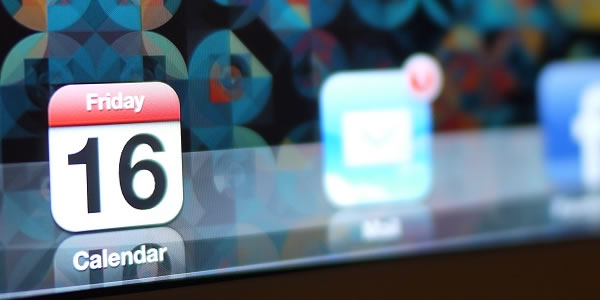As was widely anticipated, Apple unveiled the third-generation iPad last March 7 at the Yerba Buena Center for the Arts in San Francisco. Analysts speculated that we would see the iPad 3 or perhaps the iPad HD but Cupertino defied all in attendance by simply calling it "the new iPad."
It's an overly simplistic yet strikingly bold decision that perhaps only a company as confident and charismatic (or maybe cocky) as Apple could pull off. I personally thought it was a lazy choice when I first heard it, but now that it's had some time to sink in, and considering some of the terrible product names already on the market (the majority of HTC smartphones, for example), it's more like a breath of fresh air. Steve Jobs himself would be proud, assuming he wasn't directly responsible for coming up with the name before his untimely passing last year.

Much like the iPhone 4S announcement roughly five months ago, Apple introduced a tablet that's best described on paper as an evolutionary update in the product line. The new iPad is nearly identical to the iPad 2 aesthetically and with both units off you'd be hard pressed to spot any visual differences in passing.
There's a 9.7-inch display, home button and camera on the front, a 30-pin connector on the bottom, power and headphone jack on top, orientation lock switch and volume rocker on the right and an aluminum back, speaker port and camera on the rear. Apple accessories like the Smart Cover are compatible with the new iPad should you want to protect the screen from dust and scratches.

A closer inspection reveals that the new iPad is 0.03 inches (0.6mm) thicker and is 0.11 lbs (51g) heavier than the iPad 2. This would generally go against Apple's mantra but it's a reality for the new iPad, and there are compelling reasons to support the increased girth.

Apple has packed a 70% larger battery inside the new iPad (42.5-watt-hour versus 25-watt-hour in the iPad 2) that's required to maintain the same 10 hours of battery life while surfing the web on Wi-Fi, watching videos or listening to music and 9 hours of runtime when utilizing a cellular data network.
Three new features of the latest iPad are guilty of chugging more power than previous generations.
The new dual-core A5X SoC isn't much different from the dual-core A5 CPU-wise, but the quad-core PowerVR SGX 543MP4 graphics subsystem (the same chip used in the Sony PlayStation Vita) surely requires more energy. During their media event, Apple claimed that the GPU is twice as fast as the one found in the iPad 2 and four times faster than Nvidia's Tegra 3. This didn't sit well with Nvidia executives, who deemed the claims lifeless without benchmarks to back them up.

4G LTE connectivity has had a storied past as a battery hog and perhaps is one of the reasons we haven't yet seen Apple implement it in an iPhone. Users in the US have two options when it comes to 4G LTE connectivity: AT&T or Verizon Wireless. There's no doubt the tablet will be blazing fast over 4G with theoretical speeds rated at 73Mbps but with two antenna tuned to 12 different bands, there will be plenty of other networks to access should you be out of range of a 4G network. Apple has also paired cellular models with personal hotspot capabilities, carrier permitting of course.
We believe the new Retina display is the main culprit when it comes to battery usage. The rumor mill nailed this feature to a tee. The display on Apple's latest slate operates at 2,048 x 1,536 pixels – higher than nearly every computer monitor under 30" and current-generation HDTVs. There are more than 3.1 million pixels in the display – over 1 million more than the iPad 2. It's the most prominent new feature on the iPad and with good reason. Simply put, it's unlike anything you've ever seen before.

The rear camera also received an upgrade. Now referred to as the iSight camera, the 5MP shooter features a larger f/2.4 aperture, backside illumination sensor with a 5-element lens, IR filter and ISP built into the SoC. This puts the camera on par with the one found in the iPhone 4S (although with fewer MP) which is one of the best phone cameras on the market. Oh, and it shoots 1080p HD video with image stabilization as well. The front-facing VGA-quality camera remains unchanged.
Some people expected Apple to include support for Siri, but given the fact that it requires an Internet connection to talk to Apple's servers, it didn't make the cut this time around. Instead, we get dictation support. You can click the microphone icon on the keyboard, speak into the device and the iPad will translate what you said on-screen. Apple touts this as a great way to send texts, emails and search the web with only your voice.
This review is based on testing the Wi-Fi only 16GB white model and where applicable, we'll compare it with a Wi-Fi only 32GB iPad 2.
